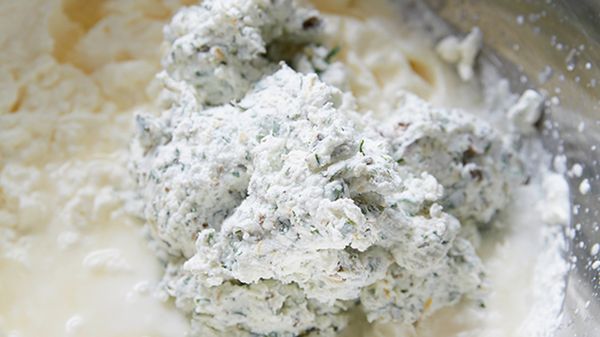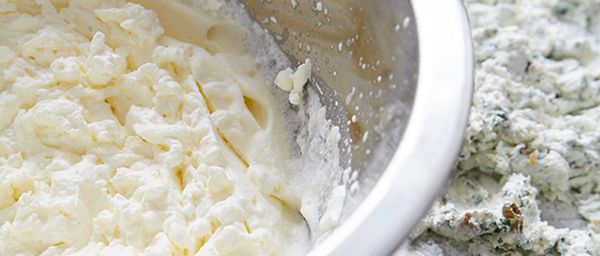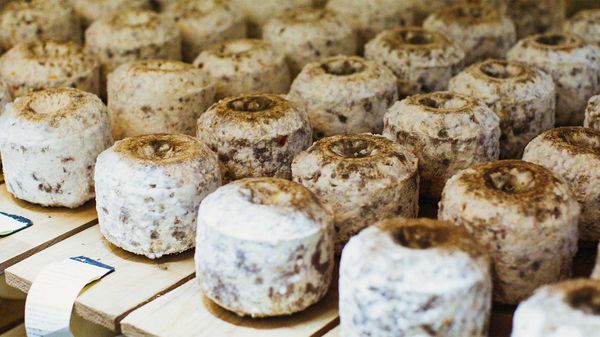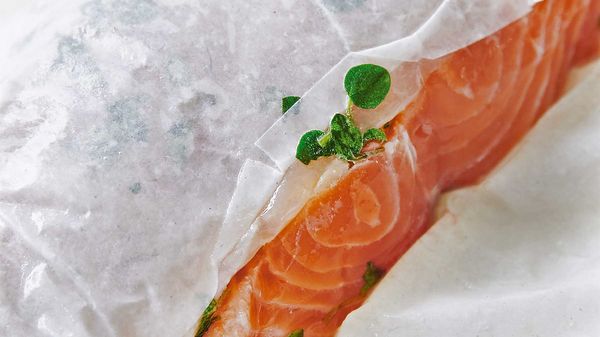
WHETHER YOU WANT A LIGHT AND AIRY RESULT OR SOMETHING SMOOTH AND SLICEABLE, SETTING THINGS IN THE FRIDGE IS THE WAY TO MAKE LIQUIDS INTO SOLIDS.

How it's done
This way of cooking is used to turn water-based or creamy liquids into a solid mass. Pâtissiers use it to make mousses and cream fillings, for instance, and to get fruit desserts to set. A range of savoury dishes, too, are cooled and set to aspic, such as terrines, pies and brawn. In most cases, the only way a liquid can be solidified into jelly is by adding agar, pectin or gelatine; creamy liquids can be brought to setting point using thickening agents such as carob gum, arrowroot, corn starch and chickpea flower or absorbent ingredients which expand when soaked in liquids such as semolina.
Step 1
Depending on the precise recipe, the liquid base – e.g. cream cheese or fruit juice – is mixed with other ingredients and seasoned to taste; next, the gelling agent is prepared. Gelatine can be used both for sweet and savoury dishes and needs to be soaked in cold water for a few minutes prior to use.
Once squeezed out, the sheets are then dissolved in water over a low heat and must be stirred constantly; if the temperature is too high, the gelatine will lose its setting effect. Plant-based alternatives such as agar are boiled up for 1-2 minutes before use, meaning that they are unsuited to dishes which cannot be heated (often dessert recipes).
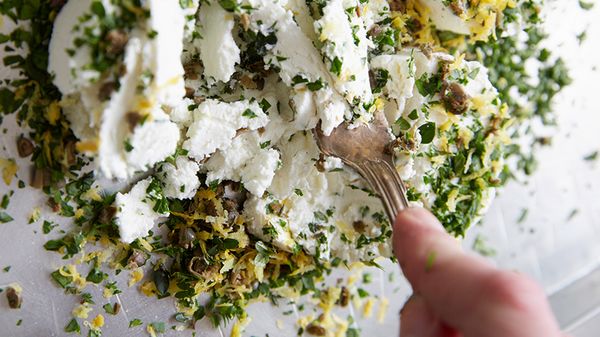
Step 2
For mousses and similar, the key is to add gelling agents, once fully dissolved, to the mass before any further ingredients which need to be folded in, such as whipped cream or egg whites. These dishes should then be put as low down in the fridge as possible – in the Dry Zone if you are using a Neff freshness system – so that the setting agent absorbs liquid and creates a relatively solid mass.
